#21. Wars
After World War II, only two countries remained as superpowers: the United States and the Soviet Union, although they possessed two different ideologies: capitalism vs. communism. These differences were the trigger for the so-called Cold War. Both nations stocked on military-grade and nuclear weapons, and each country supported one Korea. The United States Supported South Korea, whereas the Soviet Union supported North Korea.
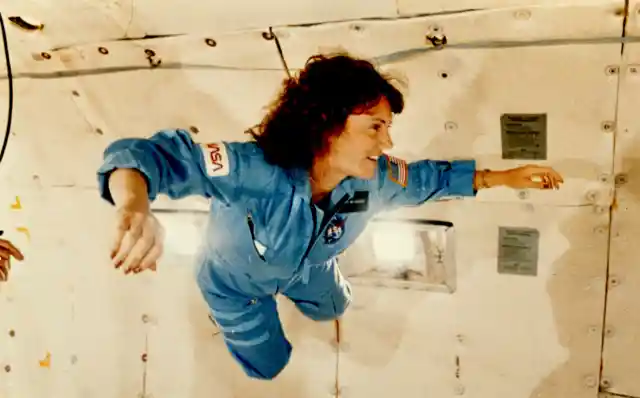
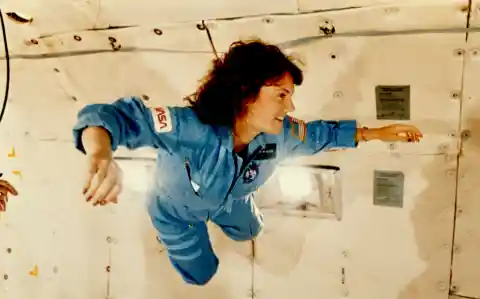
After an armistice in 1953, the Korean War came to an end. Nonetheless, just two years after that same war, another one would erupt —the Vietnam War. Again, the United States and the Soviet Union were the protagonists. This was continued for almost two decades and came to an end when the troops from North Vietnam conquered Saigon in 1975, the South Vietnam capital.
#20. Rivals
However, the Soviet Union and the United States were rivals not only at war but also in the widely known Space Race during the decades of the 1950s to 1960s. The intention of this race was to discover who had superior spaceflight capability. The reasoning behind the Space Race was that it meant that the country who boasted superiority, would be seen as a symbol of ideological superiority.
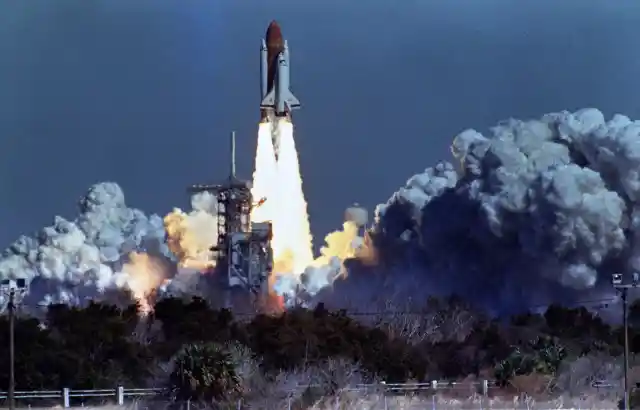

August 2, 1955, was the date designated for the Space Race to begin. On that date, the Soviet Union replied to the announcement that the United States made four days earlier of their intent to launch artificial satellites for the International Geophysical Year, by declaring that they would also send a satellite. The first successful launch occurred on October 4, 1957, when the Soviet Union launched the Sputnik 1 and the first human in earth orbit was Yuri Gagarin on April 12, 1961.
#19. NASA
President Dwight E. Eisenhower ordered Project Vanguard to move up its timetable to launch its satellite as soon as possible. On December 6, 1957, the failure of the Project Vanguard launch took place in Cape Canaveral Air Force Station, where it was broadcasted live to the US television audience. As the satellite exploded a few seconds after launch, the United States became an international joke.
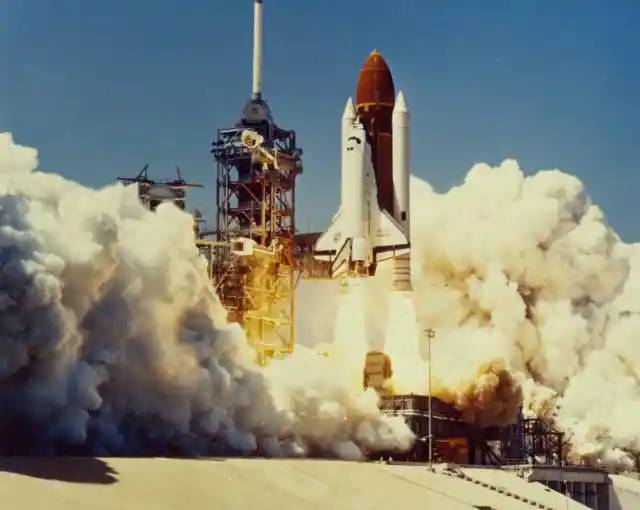

On April 2, 1958, Eisenhower reacted to the Soviet space lead in launching the first satellite and recommended Congress that a civilian agency had to be established to direct nonmilitary space activities. On July 29, 1958, the National Aeronautics and Space Act was signed into law by President Eisenhower. By the power of the act, the National Advisory Committee on Aeronautics became the National Aeronautics and Space Administration (NASA).
#18. Apollo 11
After Eisenhower’s presidency, it was the turn of John F. Kennedy to come into the equation of the space programs. He stated that the United States had the ambition of landing the first human on the Moon near the end of the 1960s. This program came to be known as the Apollo Space Program and its cost amounted to approximately $24 billion dollars and involved 375,000 contracts and 34,000 NASA’s employees.
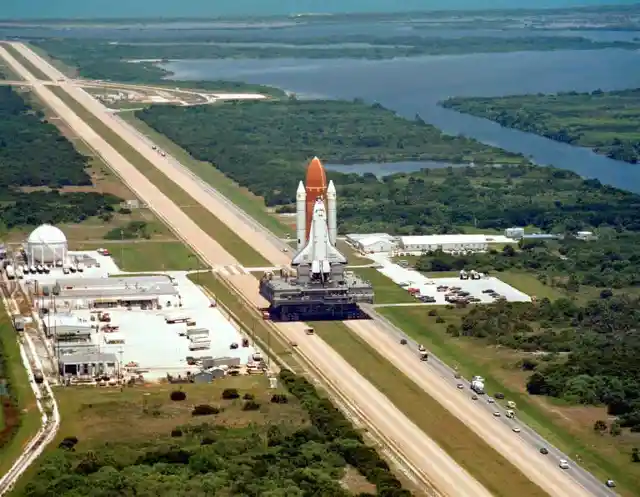
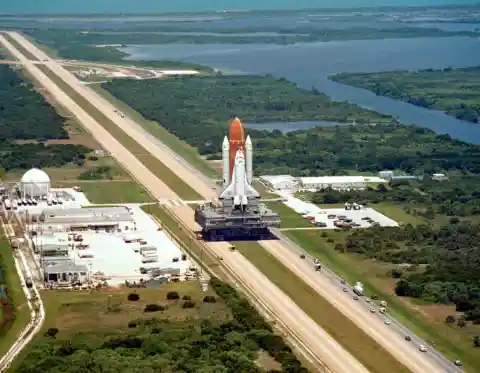
Apollo 11 was the spaceflight whose goal was to land in the Sea of Tranquility of the moon. The crew selected in January 1969 consisted of commander Neil Armstrong, command module pilot Michael Collins and lunar module pilot Edwin Aldrin. On July 16, 1969, at 9.32 am, the Saturn V Rocket lifted off from the Kennedy Space Center Launch Complex in Florida. Three days later, after achieving orbit, the crew transferred to the Lunar Module known as Eagle. On July 20, 1969, Armstrong and his crew became the first humans to set foot on the moon.
#17. Space Shuttle Program
It was widely considered by the whole world that the United States success in landing a man on the Moon was the climax and culmination of the Space Race. Despite that incredible feat, the NASA did not stop from launching further missions, and following the lunar landing, the agency focused all of its efforts in creating a reusable spacecraft, known as the Space Shuttle program.


The main idea of the program was that, once in orbit, these shuttles could launch devices such as interplanetary probes and satellites for further investigation. The other objective of these spacecrafts was to conduct scientific experiments and contribute to the construction and maintenance of the International Space Station. Between 1976 and 1991, six orbiters were built by the Space Shuttle program. These orbiters were the Enterprise, Endeavor, Atlantis, Discover, Challenger and Columbia.
#16. Disaster
The first orbiter to be launched in 1977 was the Enterprise. It was an unpowered glider and its only use was as a test craft for orbiting and landing. After it was retired, the first fully operational orbiter, named Columbia, made its first flight in 1981. The Challenger, known as the “Columbia’s sister spacecraft” was then launched in 1983 for the first time.
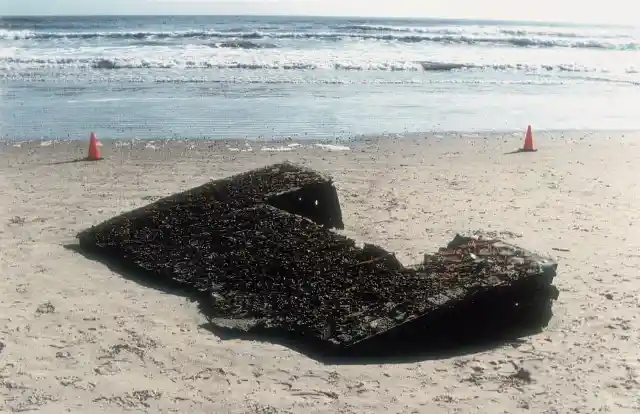

During the two following years, the Challenger space shuttle was successfully launched and landed on nine separate missions. However, its tenth flight, due on January 28, 1986, was the occasion on which tragedy would impact the Challenger and all of its crew. 73 seconds after the shuttle took off, the spacecraft broke apart and fell to Earth, resulting in the death of all those aboard.
#15. Myths
All of those aboard the space shuttle died on the “explosion”, including a high school teacher by the name of Christa McAuliffe. The disaster brought NASA’s spaceflight program to an abrupt but temporary halt. 30 years from the tragedy, the story of what happened to the Challenger still remains clouded by misinformation. According to Valerie Neal, space shuttle curator at the National Air and Space Museum in Washington, D.C.:
“The shuttle itself did not explode. I think the origin of that myth is that it looked like an explosion, and the media called it an explosion“.


Neal said that further investigations revealed that the truth was much more complicated than a simple explosion. The Challenger’s external fuel tank collapsed and released all of its liquid hydrogen and oxygen propellants, which then mixed, ignited, and created a giant fireball thousands of feet in the air. At the moment, the shuttle was still intact, but it started to become unstable.
#14. Failure
Valerie Neal continued to explain that the shuttle continued to stay on its path, although it had a lot of difficulties in doing so. After staying on its path for a while, the shuttle could not tolerate the aerodynamics force anymore as it lacked its boosters and fuel tank. Valerie described what actually happened:
“The tail and the main engine section broke off. Both of the wings broke off. The crew cabin and the forward fuselage separated from the payload bay, and those big chunks fell out of the sky, and they further broke up when they hit the water“.
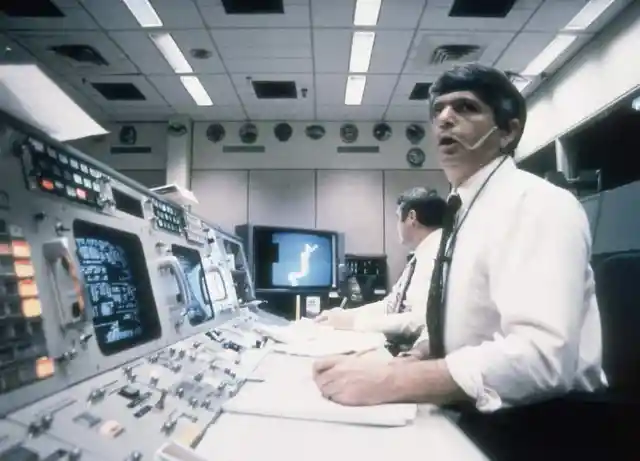
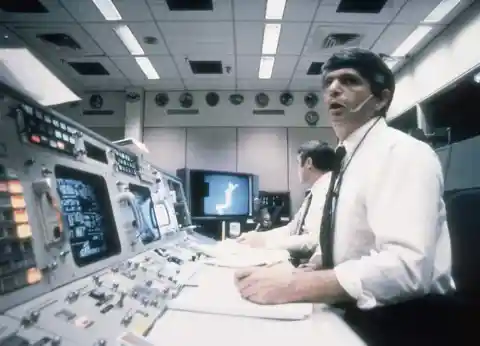
Before the fateful night in which the Challenger crashed, it had completed 8% of the Space Shuttle missions, meaning that between 1983 and 1985 the spacecraft completed three missions per year. When it was operative, the Challenger also carried the first American woman, Sally Ride, into space, as well as the first African-American, Canadian and Dutchman.
#13. Further Myths
Another myth, the one that the NASA tried to conceal, was the death of the seven crew members. According to the official report, the crew perished in the explosion, although this is not entirely true. According to several experts, the crew was still alive when the spacecraft exploded and continued to be alive until the cabin hit the Atlantic Ocean’s waters at 321 kilometers per hour.
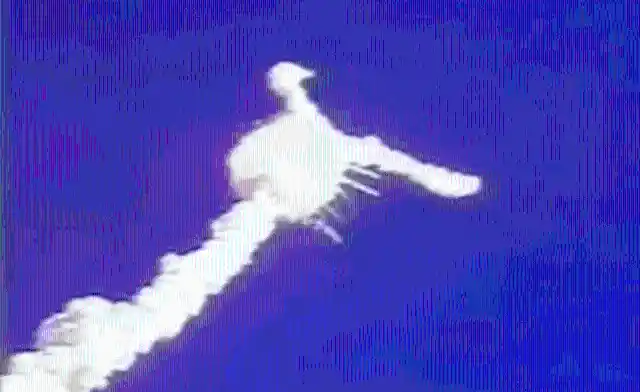
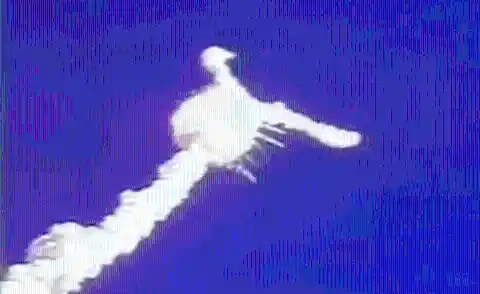
According to Valerie Neal, “the astronauts were still strapped in their seats when they were found”. What is not clear is if the crew was conscious in its final moments while plunging directly into the ocean’s waters. A NASA medical report read:
“It is possible, but not certain, that the crew lost consciousness due to an in-flight loss of crew module pressure”.
#12. Launch Day
When the day of the launch arrived, it was a particularly chilly day, with temperatures dwindling lower than freezing – below freezing celsius degrees. The conditions were much colder than those experienced at prior shuttle launches. Some engineers reportedly expressed their concerns that low temperatures could impede the effectiveness of certain critical components as the rubber O-rings, which functioned as seals for the joints on the shuttle’s solid rocket boosters.
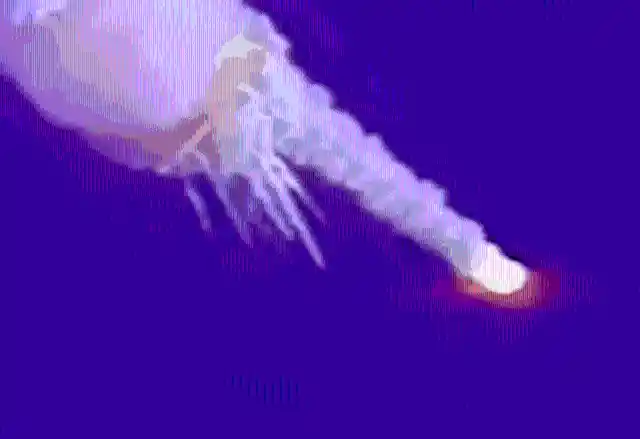

Despite these concerns, the launch was meant to go ahead. Moments before takeoff, the astronauts were all seated and strapped into place. The crew consisted of Mission Commander Francis R. Scobee, Pilot Michael J. Smith, Mission Specialists Ronald McNair, Ellison Onizuka and Judith Resnik and Payload Specialist Gregory Jarvis, together with the teacher Christa McAuliffe.
#11. Teacher in Space Program
For Christa’s family, and for herself, it was a source of pride to be chosen for the Teacher in Space program of the NASA. Appropriately, Christa’s parents, Ed and Grace Corrigan, her husband, Steve, and the couple’s children, Scott and Caroline, were at Cape Canaveral to watch her embark on what looked set to be the adventure of a lifetime. However, the family’s delight soon descended into a panic when the shuttle was overwhelmed by a flash of flames.
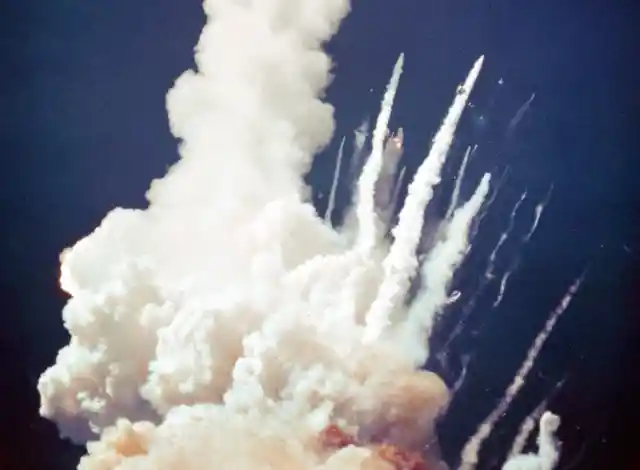
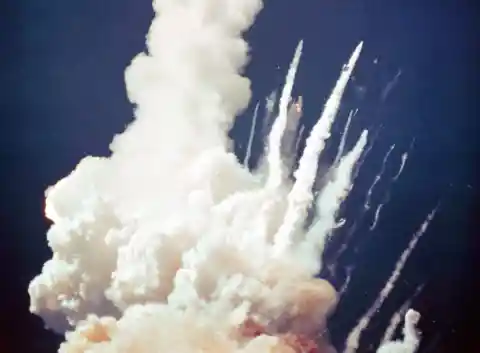
All the family members of the crew, which were in Cape Canaveral, and a lot of other spectators that were watching the take-off on national television across all of the United States, stared in horror while the Challenger fell inexorably towards the Atlantic Ocean. The NASA sent rescue teams immediately to the crash location, although they did not expect to find the crew alive.
#10. The Following Hours
In the hours and days that followed the disaster, footage of the accident was continuously replayed in all of the major television networks of the United States and the world. According to Neal, this is why many people “remember” having seen the Challenger’s destruction live on television when they probably saw the replay of the accident.

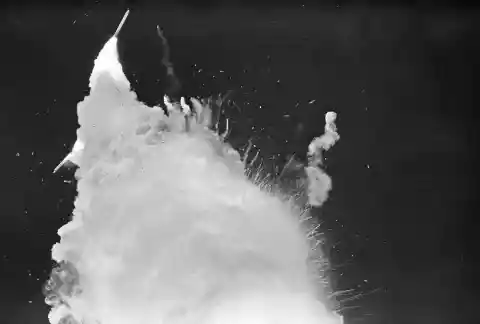
According to Valerie Neal, it is completely false that most people saw the accident live on TV, and she emphasizes two reasons. First and foremost, most of the major TV networks did not broadcast the launch live. The second reason is that the launch occurred on a Tuesday at 11.39 a.m. when most people were at work. The handful of people who did see the tragedy unfold on live television were watching it on NASA’s channel via satellite dishes—technology that relatively few people had at the time—or on CNN.
#9. O-Rings
On the day of the disaster, a photo was taken of icicles hanging from the space shuttle launch tower. A common myth is that cold temperatures were the reason for the failure of a rubber o ring, which helped seal a crucial joint in the shuttle’s right solid rocket booster (SRB). But, according to Neal, blaming the o ring failure on the cold is an oversimplification.
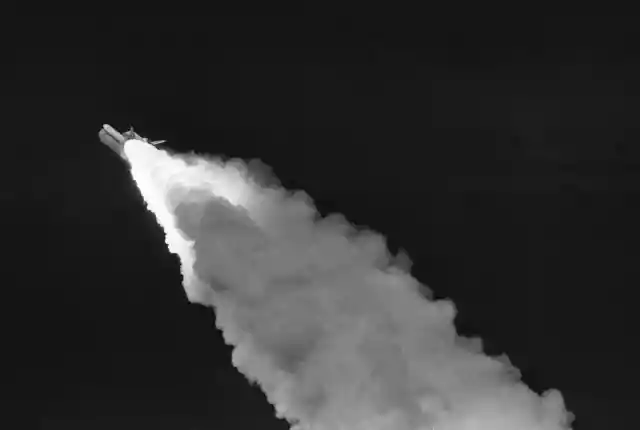

She said that temperatures alone were not the only problem, as the engineers had already seen evidence of the O-rings failure in previous inspections, on days that were not so cold. According to a NASA report:
“The post-flight analysis indicated that the cold temperature was certainly a contributing factor. But so was the SRB joint’s design and NASA’s decision-making process. It was like a perfect storm of combined circumstances”.
#8. James Simpson
James Simpson, a Coast Guard Lieutenant Commander had apparently been due to speak on television about the Coast Guard’s search and recovery efforts. However, the evening before he appeared on television, he learned that several items from the crew compartment had been found. It is alleged that Simpson discussed the findings with a NASA public affairs officer, who told him he did not know of the retrieval of the items.
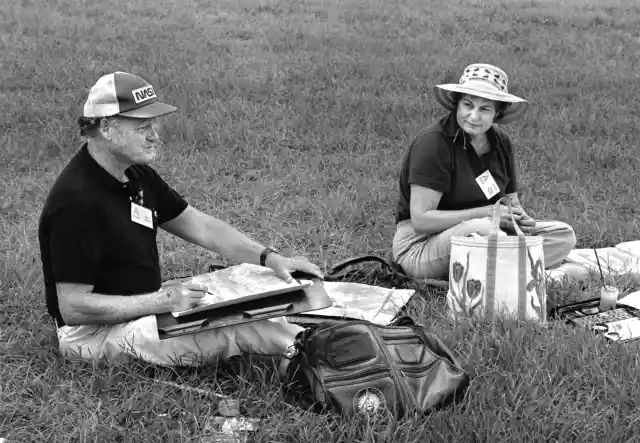
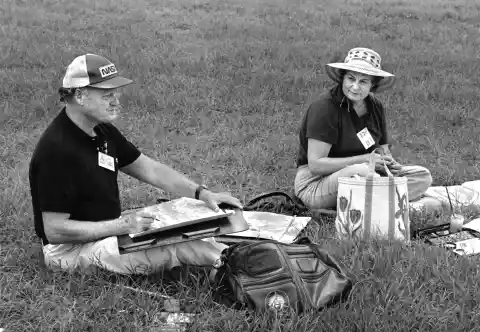
It seems like in opposition to what the NASA public affairs officer wanted, Simpson vowed to tell the truth on national television. He stated that “The Coast Guard has no interest in going on national television to tell lies to protect the NASA”.
#7. Cover-Up
Simpson had also been told that the families hadn’t been told about the debris that had been found the night before he had to appear on national television. And as he did not want the families to hear on television that the personal effects of their loved ones were found, he did, in fact, lie on national television. He stated that up until this day, he still feels guilty and bad about that.
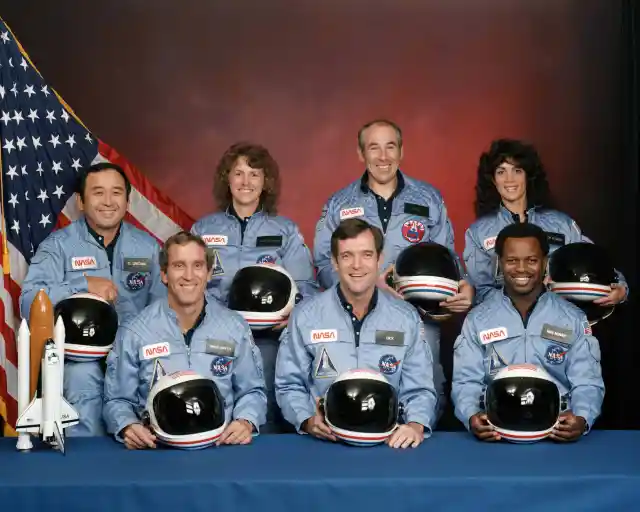
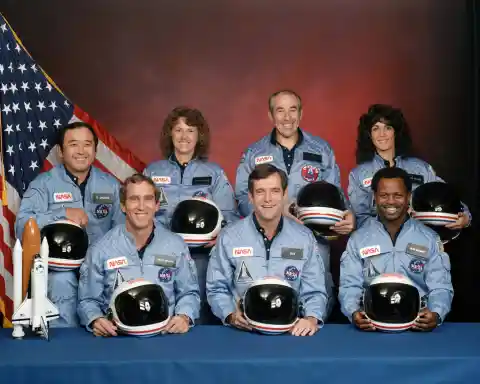
Robert B. Hotz, who served the presidential commission that looked into the Challenger’s disaster, reiterated his belief that NASA had tried to hide what it knew. Hotz stated in a New York Times article in 1988 that:
“Of course there was a cover-up. I believe they couldn’t face the fact that they had to put these guys in a situation where they did not have adequate equipment to survive”.
He further added that he reckoned some of the crew had been alive at the time of impact – but that they probably weren’t conscious.
#6. Escape
It is thought that Hotz referred to the speculation that the NASA did not prepare for a calamitous, but a preventable accident, in which the crew could survive. It has been reported that no equipment aboard the craft would have been capable to slow down the fall or allowing the crew to escape the shuttle. The only thing that the astronauts could do was await their fate.
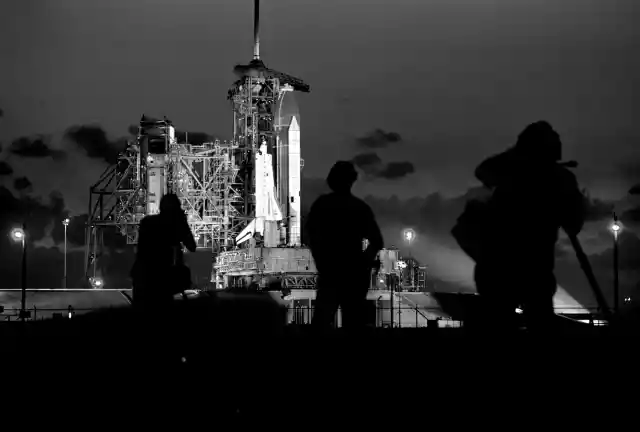
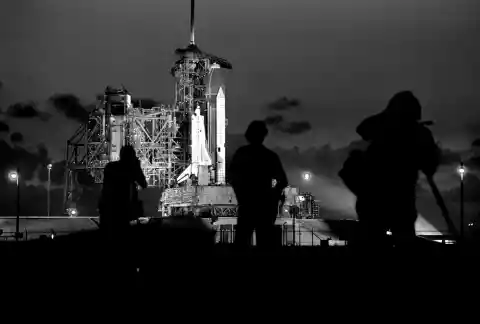
In this respect, Valerie Neal has decided to strike another myth regarding the disaster. She claims to have heard in several repeated occasions that after the accident, the NASA ordered ejection seats built into the other shuttles. According to her expertise, “ejection seats wouldn’t have saved all of the Challenger astronauts, and their presence may even have been dangerous to the crew“.
#5. Ejection Seats
Neal further explained that ejection seats are heavy and really cumbersome, as they also pose a safety hazard, as they contain pyrotechnics. She added that even if ejection seats had been installed in Challenger, “they would have only been there for the commander and the co-pilot, the ones actually flying the shuttle”.
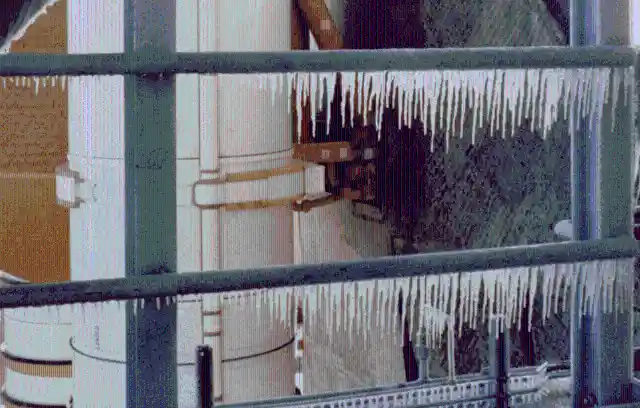

Following the Challenger accident, NASA did require that the other remaining shuttles be outfitted with a bail-out system, which consists of a three-meter-long “escape pole” that can be deployed during emergencies. Astronauts can “hook on to the pole, slide out to the end, drop off under the shuttle wing, and then parachute to safety”, but it only works on very specific emergency situations.
#4. Allegations
Answering Hotz’s allegations, the then-spokeswoman for NASA, Shirley Green, said:
“I don’t know on what he could possibly base such a conclusion. I think the evidence is very clear that the agency tried through a number of methods to get as honest an investigation as it could”.
According to Green, NASA had been very straightforward with the general public.
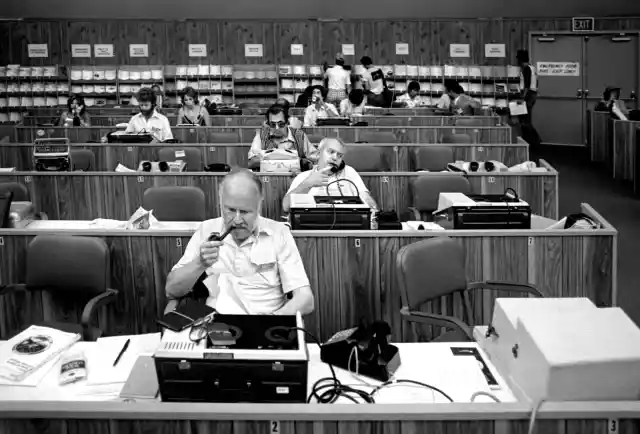
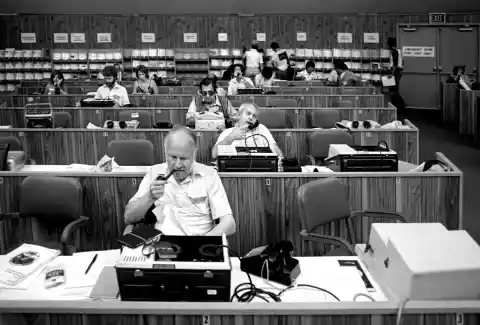
Although there were several stories stating the contrary, NASA’s story of the crew dying instantly maintained prominence on national television, as it was a safer version of events that could be told to the many children in school age that had watched the disaster from their classrooms. And that story would also comfort the 1,200 students of teacher McAuliffe in New Hampshire.
#3. Major Effect
Nevertheless, the Challenger disaster had a really big impact on the people who witnessed it happen or who saw it via television. Michelle Soto, which was ten years old at the time of the tragedy, and who saw it all from her fourth-grade classroom, told the Miami Herald in 2016 that she felt it very hard and witnessed the consequences of the accident in all the persons that surrounded her.
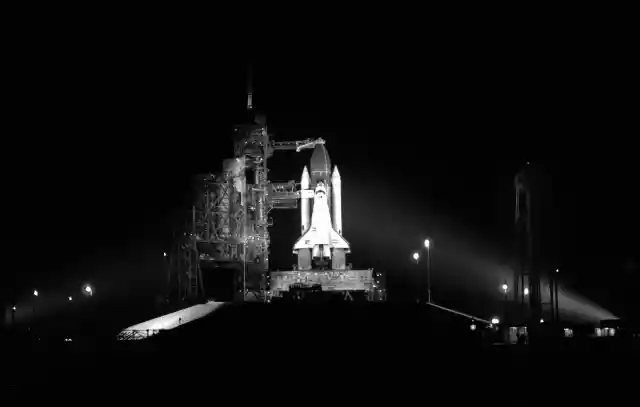
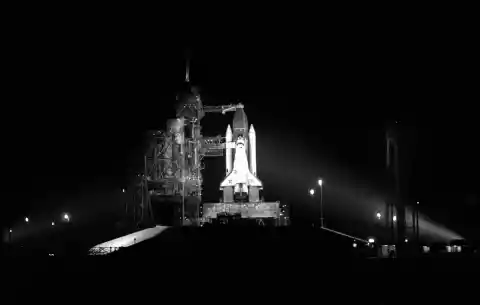
Summing up the feelings of many Americans who saw the Challenger disaster as the Space Age’s end of innocence, she added
“It has stayed with me all these years. I cried in 1986, and I cried last year. And I might cry now from talking to you. That was a terrible day”.
#2. Case Study
Nowadays, the Challenger accident is used as a case study in the study of subjects such as engineering safety, the ethics of whistle-blowing, communications, group decision-making, and the dangers of groupthink. For those engineers who want to obtain a professional license in Canada and several other countries, it is part of the required readings. Roger Boisjoly, the engineer who had warned about the effect of cold weather on the O-rings, left his job at Morton-Thiokol and became a speaker on workplace ethics.
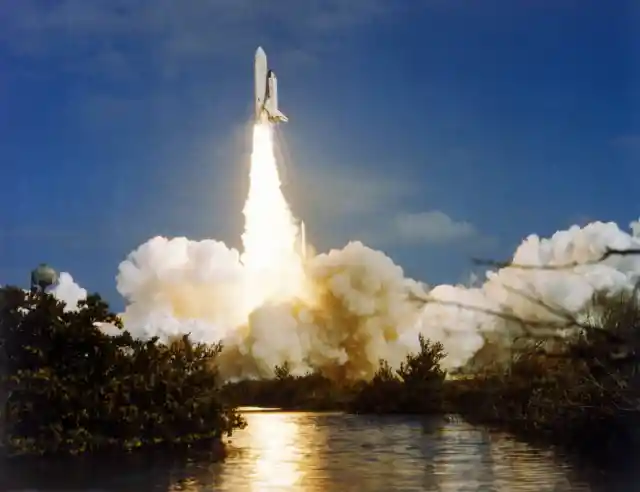

Information designer Edward Tufte has claimed that the Challenger accident is the perfect example of the problems that can occur due to misinformation. He argues that if the engineers from Morton-Thiokol had clearly presented the data on the relationship between the low temperatures and burn-through in the solid rocket booster joints, they could have persuaded the NASA in canceling the launch. To show this, he made a graph of O-ring damage versus external launch temperatures, showing the effects of cold on the degree of O-ring damage.
#1. Continuation
The Challenger disaster also provided a chance to see how traumatic events affected children’s psyches. At least one psychological study has found that memories of the Challenger explosion were similar to memories of experiencing single, unrepeated traumas. In one U.S. study, children’s memories were recorded and tested again. Children on the East Coast recalled the event more easily than children on the West Coast, due to the time difference.
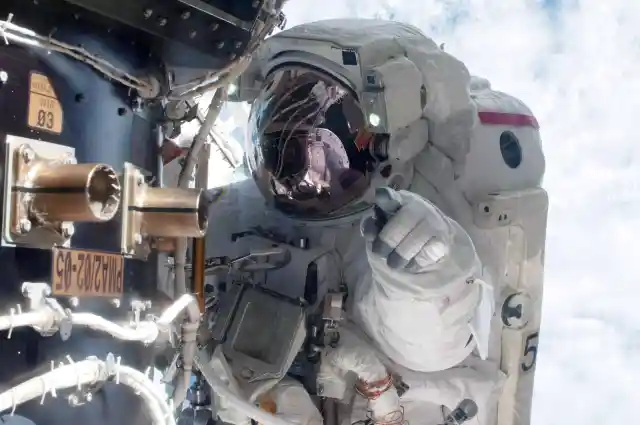
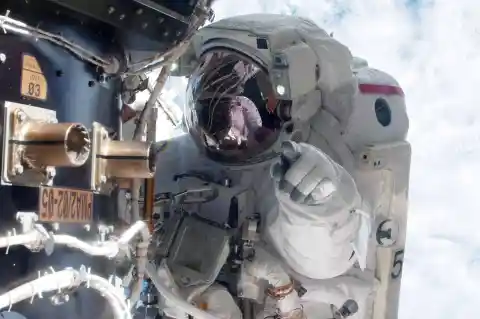
After the accident, NASA’s Space Shuttle fleet was grounded for almost three years while the investigation, hearings, engineering redesign of the SRBs, and other behind-the-scenes technical and management reviews, changes, and preparations were taking place. At 11:37 on September 29, 1988, the Space Shuttle Discovery lifted off with a crew of five. The “Return to Flight” launch of Discovery also represented a test of the redesigned boosters, a shift to a more conservative stance on safety, and a chance to restore national pride in the American space program, especially manned space flight. The mission was a success.